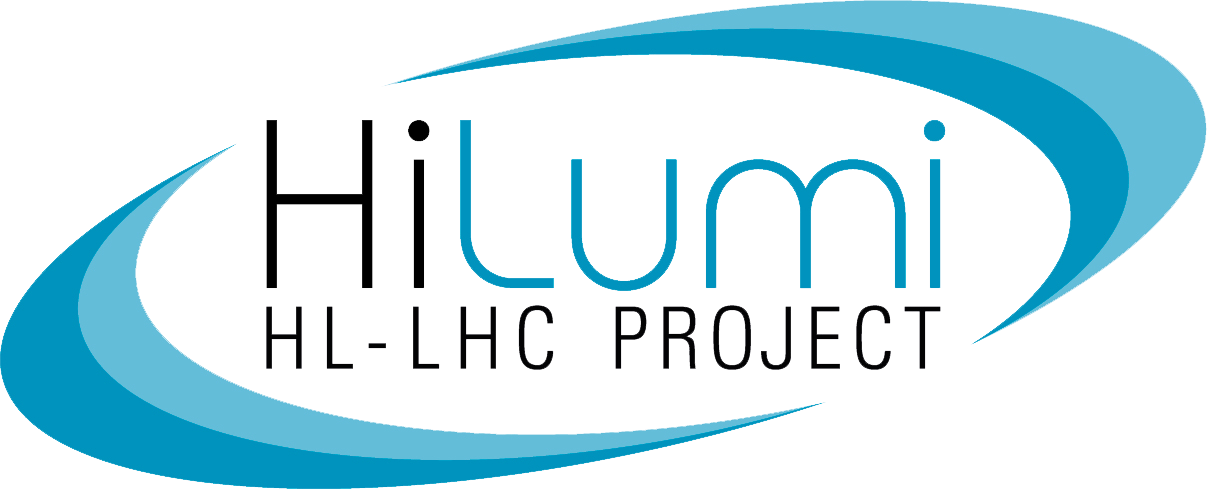WP4 is responsible for crab cavities and the RF systems in the future HL-LHC to reach the performance goals of the luminosity upgrade. It involves the design, construction, and implementation of crab crossing in the two high luminosity regions of the future HL-LHC, which is one of the essential elements to achieve the luminosity goals. Eight compact superconducting crab cavities at each interaction point (IP1 and IP5) and the respective RF systems are foreseen to provide partial compensation of the geometric crossing angle at the collision point. Beam studies and improvements to the existing RF systems installed in IP4 to cope with the doubling of the beam current are also carried out within the scope of WP4.
An extensive collaboration is in place with UK-STFC, US-AUP (formerly US-LARP), Canada-TRIUMF, and Sweden-Uppsala University to design, build and test the crab cavity cryomodules and the RF infrastructure jointly with CERN, while a new collaboration with Japan-KEK is being prepared for the design and construction of the crab cavity powering system. As a preparatory phase, a new test facility was constructed in CERNs SPS tunnel, allowing for the validation of the two crab-cavity designs with beam. A first, single module of the double quarter-wave (DQW) type was already successfully tested in the SPS during Run2, demonstrating crab crossing with protons for the first time and validating the novel technologies to reach the high kick gradients required in the HL-LHC.
The WPL and deputy are charged with the coordination of the efforts within the work package and ensure in conjunction with the HL-LHC project office the progress reporting as well as the documentation and implementation of scope, cost or schedule changes.
